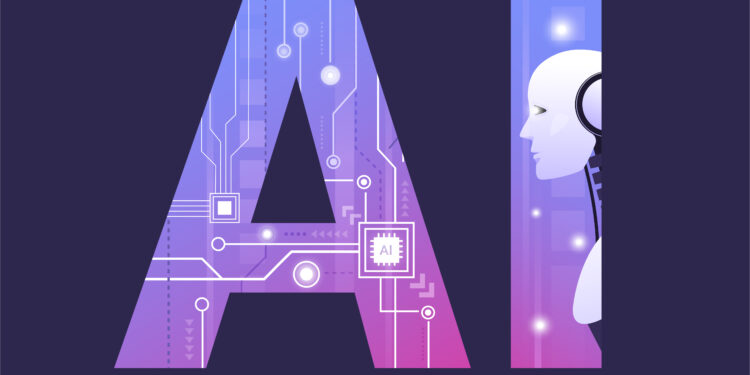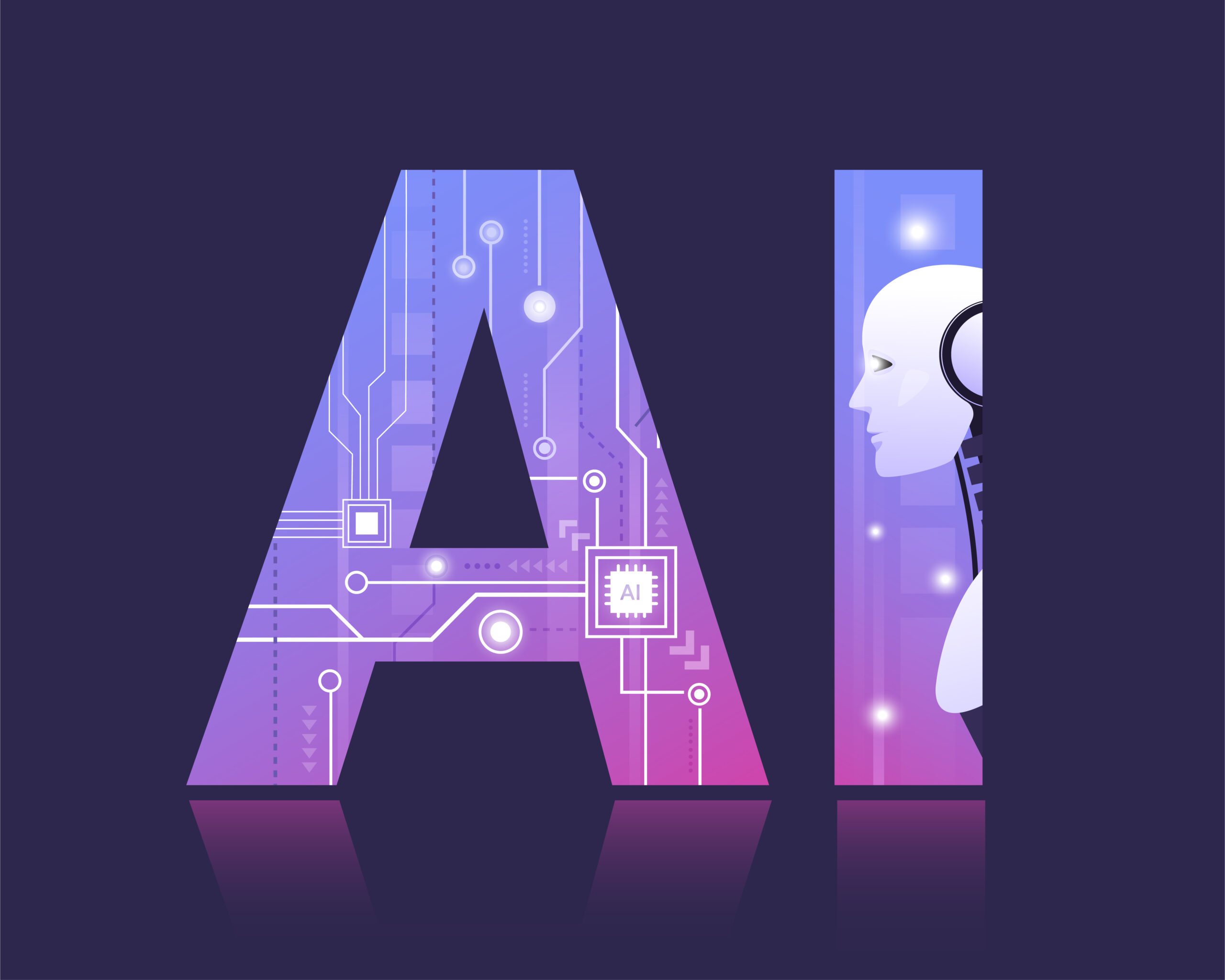Transforming Government with AI: How Data Fabrics Are Leading the Way

Table of Contents
Table of Contents
- The Role of AI in Modern Governance
- What is a Data Fabric?
- Integration of AI and Data Fabrics
- Benefits to Various Government Sectors
- Challenges and Solutions in Implementation
- Case Studies and Global Examples
- Future of AI in Government Operations
- Ethical Considerations in AI Deployment
The Role of AI in Modern Governance
Artificial Intelligence (AI) is rapidly becoming a cornerstone in the architecture of modern governance. Governments around the globe are adopting AI technologies to increase the efficiency of public services, handle vast amounts of data, and make informed, data-driven decisions. This transformation is fueled by AI’s capacity to process and analyze complex data patterns at a speed and accuracy level that far surpasses human capabilities. Integrating data fabric architecture further enhances these capabilities by offering a scalable and accessible means to manage and distribute data effectively among various government departments.
What is a Data Fabric?
A data fabric is a novel approach that serves as a unified data management platform, allowing for seamless data access and processing across multiple and often disparate sources. Unlike traditional methods, data fabrics break down silos and enable comprehensive data usage, thus providing a more holistic view of an organization’s data landscape. These systems are designed for flexibility, enabling organizations to adapt quickly to changing data requirements and technological advancements.
Integration of AI and Data Fabrics
The synergy between AI and data fabrics represents a pioneering shift in how government agencies handle data. Data fabrics provide the foundational infrastructure supporting AI systems in seamlessly accessing and interpreting large datasets. This integrated environment allows for enhanced real-time analytics, leading to faster and more intuitive decision-making processes. The capability to quickly process and analyze information across various sectors is achieved by leveraging the distributed architecture of data fabrics, thus making it possible for AI applications to function more efficiently and accurately.
Benefits to Various Government Sectors
Different sectors within the government stand to gain significantly from the integration of AI and data fabrics. Law enforcement agencies, for instance, can use AI to perform predictive analytics and identify crime trends, thereby enhancing their ability to prevent criminal activities before they occur. AI improves patient data management in healthcare, facilitating personalized treatment and better resource allocation. The impact extends to urban planning, where AI-assisted data fabrics can analyze complex urban datasets to optimize infrastructure development and service delivery.
Challenges and Solutions in Implementation
Implementing AI and data fabrics presents certain challenges despite the myriad of advantages. These include integrating modern technologies with legacy systems, ensuring data privacy, and complying with stringent regulatory requirements. Strategic planning becomes essential to address these, focusing on establishing robust data governance frameworks that align with new technology. Organizations can overcome these hurdles by investing in training personnel, updating legacy infrastructure, and employing adaptive software solutions that ensure a smooth transition to more advanced systems.
Future of AI in Government Operations
The trajectory of AI in government foresees a future marked by even greater integration into administrative processes. As data ecosystems grow more complex, the role of data fabrics in streamlining these environments will become ever more vital. This evolution is set to drive advancements in how governments deliver services, engage with citizens, and utilize resources, ultimately fostering smarter, more responsive, transparent, data-driven governance.
Ethical Considerations in AI Deployment
While the significant benefits of AI in government cannot be overstated, ethical considerations present critical challenges that must be addressed. Issues such as data privacy, bias in AI algorithms, and ensuring transparency in AI operations must be at the forefront of AI strategy. Developing a comprehensive ethical framework for AI deployment will be crucial to maintaining public trust and ensuring AI technologies are applied to promote justice and transparency across government operations.







